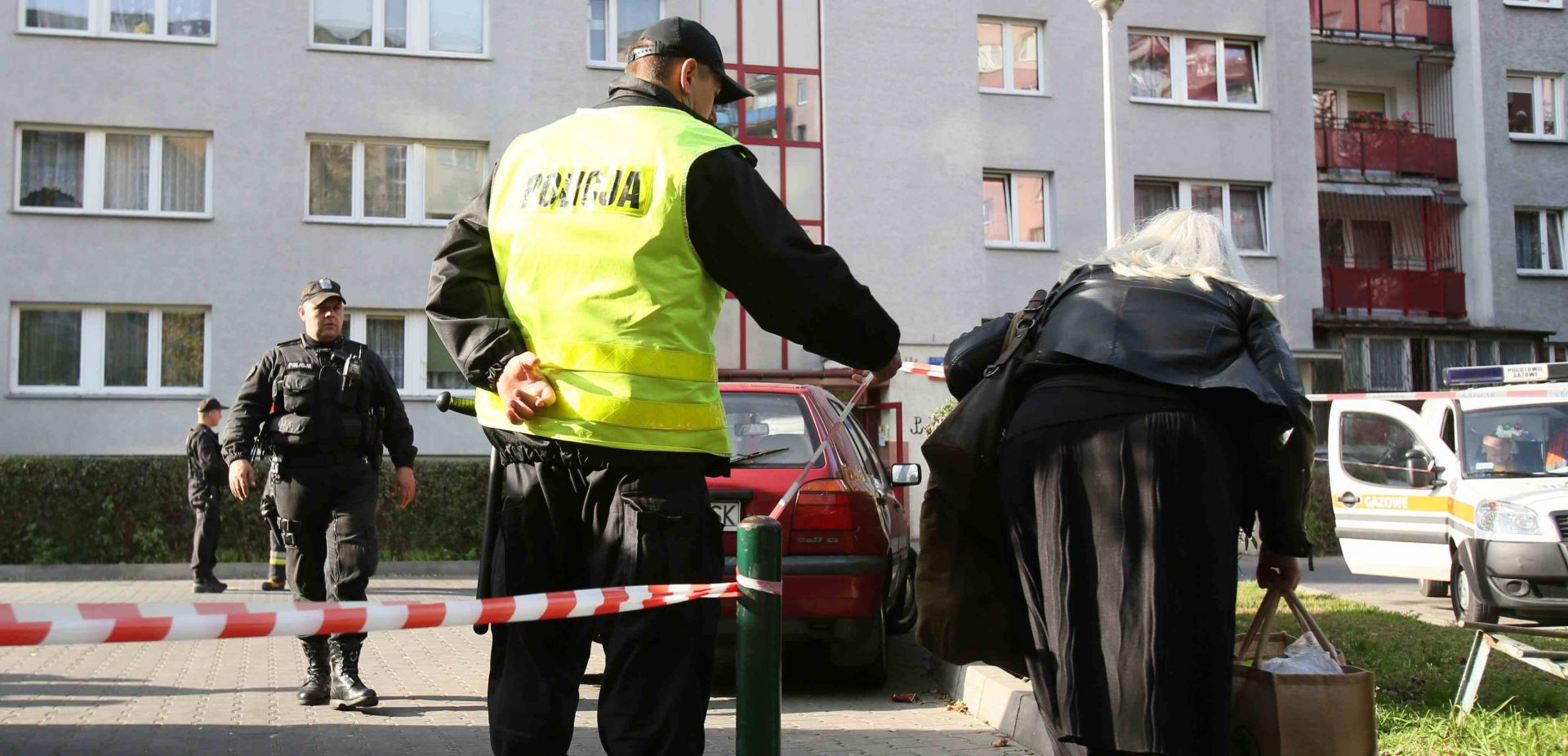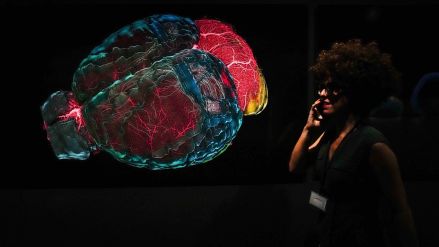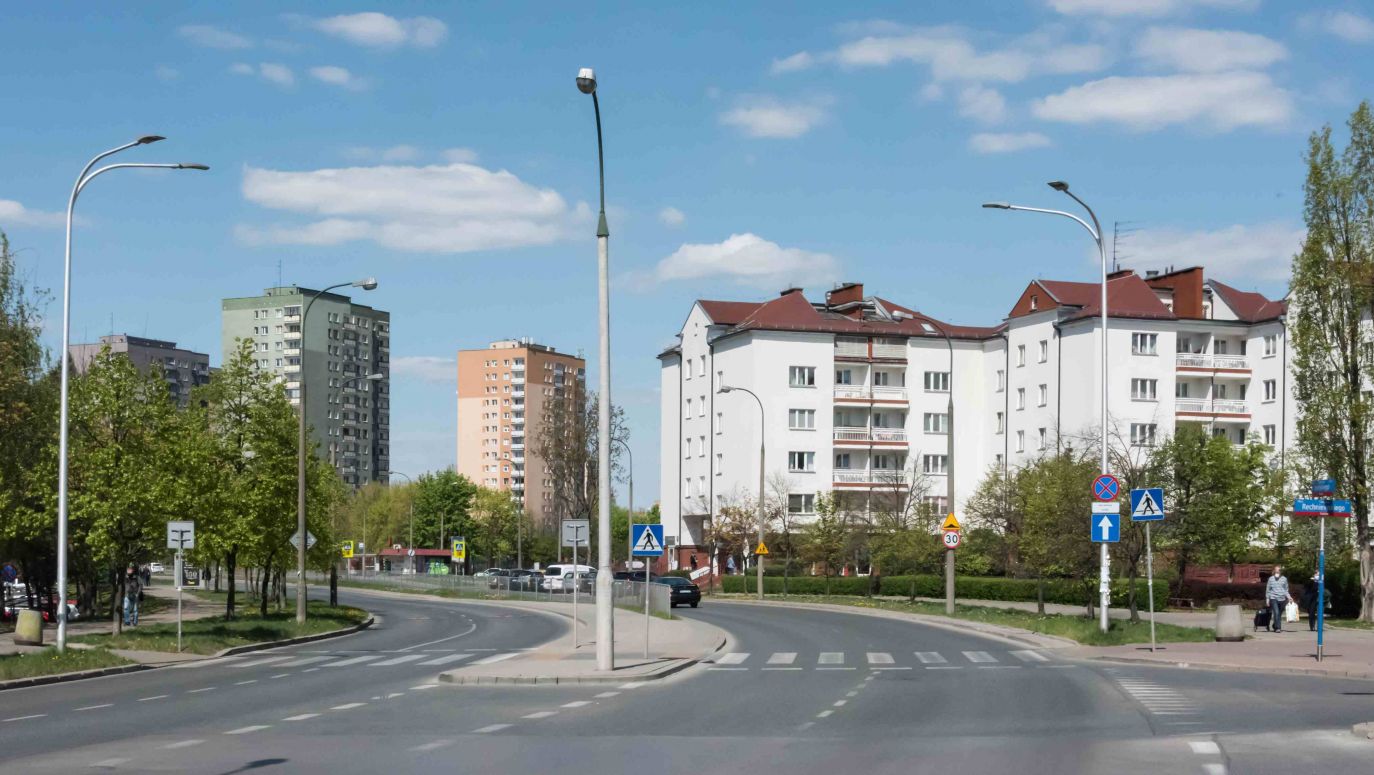So, which way did the murderer get in and how? Is it possible that the ever-cautious Maria forgot to lock the door and the killer entered her flat alone? Or perhaps the woman knew him well enough to recognise him by the voice and let him in?
While reading the files, my attention was drawn to the testimony of Maria’s daughter, who analysed her mother’s behaviour very thoroughly and discovered that yet there had been changes in Maria’s behaviour – about half a year before the murder. Among other things, the daughter mentions one photo in which her mother is smiling. This was unusual because in her earlier testimony she had said that her mother had never smiled in photos. Another shock was the fact that Maria dyed her hair, which she had never done in her life.
Were these details of any significance to the case? This question remains unanswered. There are more such questions: Why did the perpetrator put the victim to rest? Why did he leave the pot on the stove? Why did he carefully fold his stained and torn T-shirt? Why did he take the keys to the apartment?
A police profiler looked into these issues. On the basis of his opinion, one of the men living in the area was summoned for questioning. However, the interrogation did not bring the expected results.
In Maria K.’s apartment, the police secured traces: blood, fingerprints, shoe prints – among others, on the balcony.
New clue after many years
And here, after many years, an interesting clue appeared: In 2022 (after the broadcast of the Magazyn Kryminalny 997 program), a woman reported to the police. She testified that on May 17, 2013, the day of the murder, when she returned from the night shift, she took her dog for a walk. It was around 5 a.m. Then she saw someone jumping off the murdered woman’s balcony. Maria lived on the first floor. The woman didn’t see the man’s face, only his silhouette. When the man saw her, he started running away. He was wearing a yellow T-shirt and light denim pants. He had a small backpack. If this was indeed Maria K.’s killer, that would explain the trail on the balcony and where he left.
The witness lives in the building next door to the one where the murder took place. She knew Maria and her children – she went to school with them. That’s how she knew that the balcony belonged to the deceased. While reading the files, I didn’t see her testify before. I don’t know if the police examined the shoe print from the balcony – there are no notes in the prosecutor’s files regarding all the activities that were carried out – which does not mean that they did not take place.
After this testimony, the investigation was not resumed. Therefore, Maria K.’s killer still remains unknown. However, an investigation that has been closed may be reopened as soon as information comes to light that could potentially help solve the case. Every detail may prove helpful and lead to the capture of the murderer. Therefore: if you lived at that time near Umińskiego Street in Gocław, Warsaw, and you remember that something strange happened there in May 2013, be sure to let us know. You can call the Warsaw Police Headquarters (Komenda Stołeczna Policji) directly. The telephone number for the officer on duty is
47 723 65 55.
– Noemi Rogalewska
TVP WEEKLY. Editorial team and jornalists
– Translated by Dominik Szczęsny-Kostanecki

 SIGN UP TO OUR PAGE
SIGN UP TO OUR PAGE
 It also appears from the inspection that the T-shirt had a torn neck. There were also tights lying on the chair.
It also appears from the inspection that the T-shirt had a torn neck. There were also tights lying on the chair.





